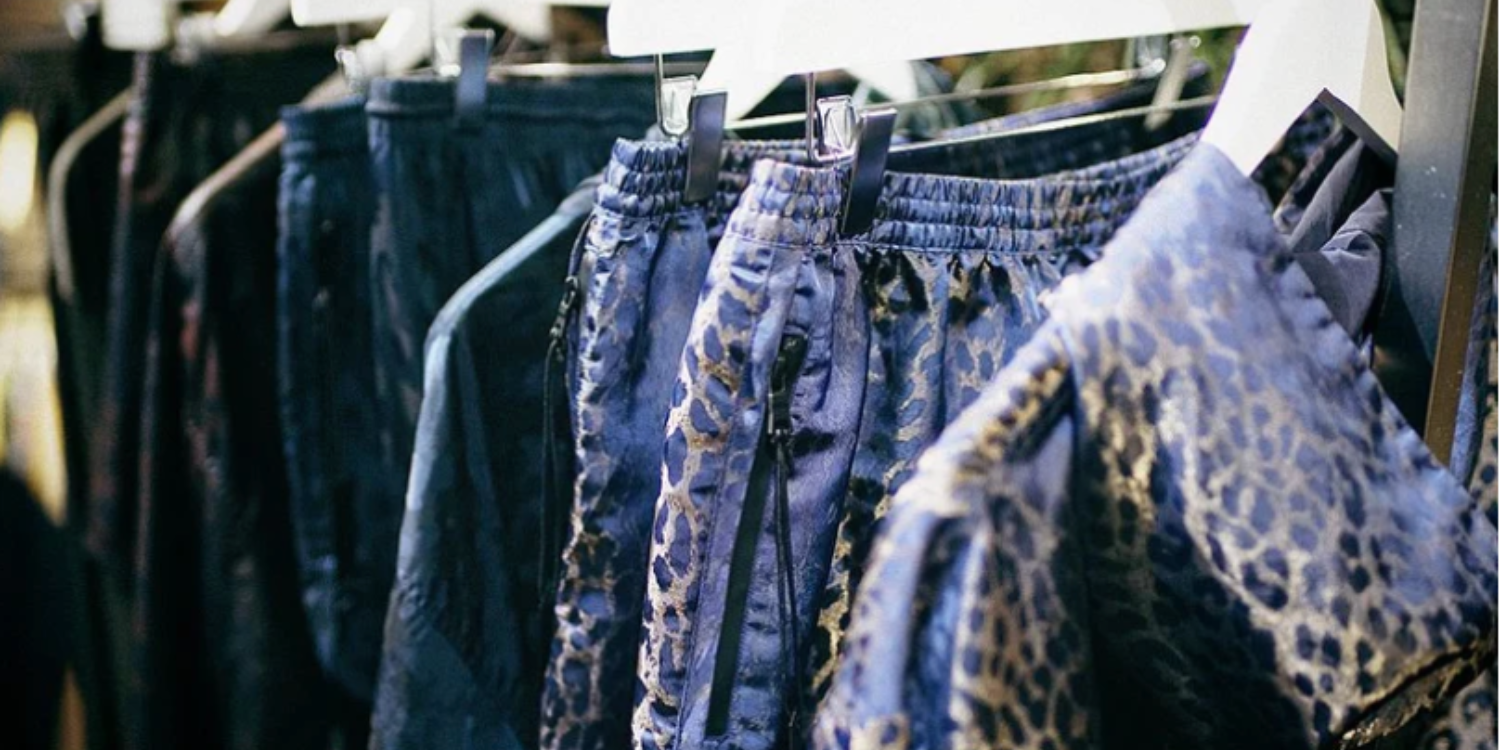
The Price of Retail Returns
You place an online clothes order, wait patiently for it to arrive and then try it on to discover that something’s not quite right. Thankfully, you get free returns so think nothing of sending it back. You only tried it on, plus someone else will give it a loving home right? Wrong. Less than half of all returned E-commerce goods are re-sold, the rest often ending up in landfill. It’s a price many don’t realise they’re paying in order to avail of free and easy returns, but certainly one we need to be cognisant of as an increasingly environmentally savvy society.

Trule Solutions, a retail insight provider, estimates that around 40% of online shoppers are purchasing multiple items with the intent of returning at least one. With the increased affordability and convenience of E-retail, it’s no surprise that the bedroom has transformed into the new fitting room. Consumers now expect a plethora of choice, whether it’s style, fit or colour and being able to see how any new purchase fits into their existing wardrobe has become the norm. Let’s face it, if you’re buying a top to match particular jeans and shoes, it makes more sense to be able to try that top on at home rather than having to bring the other items to the store or take the top home only to return it in person another day.
This desire for convenience has even led some successful retailers to subtly shape their customer experience around the assumption that most orders will include a return. It’s no longer uncommon to find return slips included with every order, returns policies that don’t require any specific reason to return and pre-paid postage or pick-up courier service labels given as standard. While the customer may think this is simply a case of excellent customer service, the dark reality is that the price of the return is simply being shifted from the consumer to the environment.
Optoro, a logistics company that handles many retail returns, claims that in the U.S. alone, over 3.5 billion products are returned every year - only 20% of which have any kind of defect. The rest, simply being the product of the ‘convenience mindset’, contribute to over 5 billion dollars worth of waste. What’s worse? Due to a lack of retailer transparency and consumer knowledge, these numbers are only growing. The number of E-commerce returns is up this year to 30% from around 10% in 2016, demonstrating the kind of unsustainable, sharp uptick this trend has shown in such a short amount of time.
You may think this is an issue solely linked to the fast fashion industry, but a 2017 Navar study showed that it was actually the highest-earning demographics (namely millennials who earned over $100,000 a year), who were most likely to shop in this way. However, it’s worth remembering that this is the digital generation who grew up (mostly) with the internet at home and constant technological innovation, and who are therefore perhaps most comfortable adjusting to the ever-evolving convenience of online shopping.
When you consider the environmental cost of shipping clothing around the world to be tried on and sent back to ultimately get thrown away, the scale of the issue becomes apparent. So, why do 84% of garment returns end up either in landfill or incinerated? The main reason is the lack of time and investment in logistics processes. When a warehouse receives returns, they can often be categorised very differently: trousers with a rip in them, a pair of shoes with a scuff, a top that’s been removed from its packaging etc. While these retailers should treat each of these scenarios differently, the reality is that most retailers don’t have the technology available to differentiate between these variations, so the easiest solution is to dispose of everything and factor this loss (often 10% of business sales) into their pricing structures. When the environmental cost of creating clothes can often be extremely high the first place, surely the least we can do as consumers is to rally for them to be worn and cared.
So what can we do? Adapting more mindful shopping habits is a big win for everyone as it helps us start to change this unsustainable behaviour. Rather than buying five dresses online to choose from, spend a bit more time making your decision and pick the one you like the most. If buying from a new brand, talk to their customer team to learn more about their sizings and avoid something arriving too big or small. Learning your own measurements is a useful way to stop guessing how something will fit you as many retailers will make this information available to you on the product page. Finally, think twice before you return an item - ask a friend if they’d be interested in it, look to rehome it yourself or get in touch with the retailer to ask them about their returned merchandise and how it’s reused or disposed of. With enough light shed on this issue, we can start to hold retailers accountable and eliminate this enormous, secret waste.



Leave a comment
This site is protected by hCaptcha and the hCaptcha Privacy Policy and Terms of Service apply.